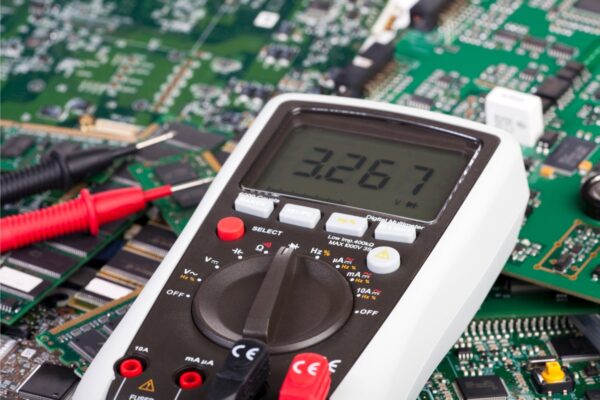What is ESD
ESD, or Electrostatic Discharge, is a phenomenon that occurs when two objects with different charges come into close proximity, causing the dielectric between them to break down. This sudden flow of electricity can result from contact, an electrical short, or a dielectric breakdown. In the PCB industry, ESD is a significant concern as it can lead to damage in electronic components and circuits, potentially causing malfunctions or complete failure of the PCB assembly.
One common example of ESD that many of us are familiar with is lightning. Additionally, we may have experienced small sparks when touching certain materials, such as a wool blanket. These sparks are also a result of ESD.
ESD can be particularly problematic in the PCB industry as it can occur when humans touch sensitive devices. The human body and certain clothing materials can store static electricity, ranging from 500 to 2,500 volts during a normal workday. Although this level of static electricity is below the threshold of human perception, it is far above the level that can cause damage to electronic components.
Furthermore, ESD can also be caused by other factors such as using ungrounded electrical equipment, placing synthetic materials like Styrofoam or plastic on or near electronic circuitry, and creating rapid movement of air near electronic assemblies. These factors can contribute to the occurrence of ESD events and increase the risk of damage to PCB assemblies.
To mitigate the risks associated with ESD, various measures are implemented in the PCB industry. These include the use of ESD protective equipment, such as wrist straps and heel straps, as well as the implementation of ESD control measures during the manufacturing, handling, and transportation of PCBs and electronic components. These measures aim to prevent or minimize the occurrence of ESD events and protect sensitive electronic devices from damage.





